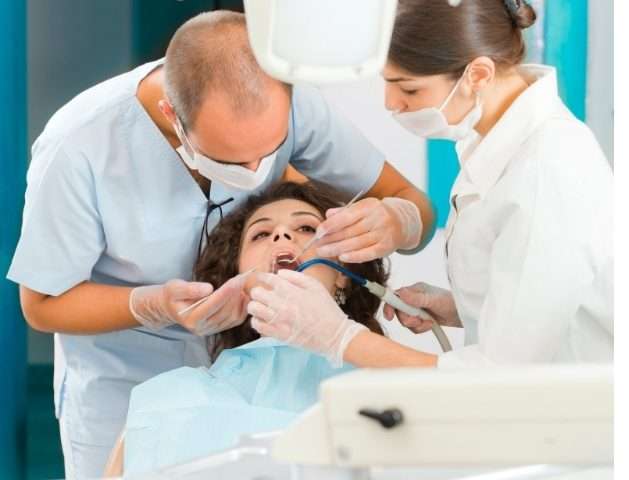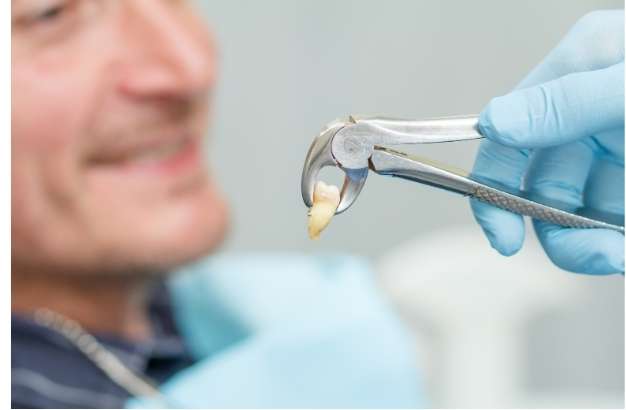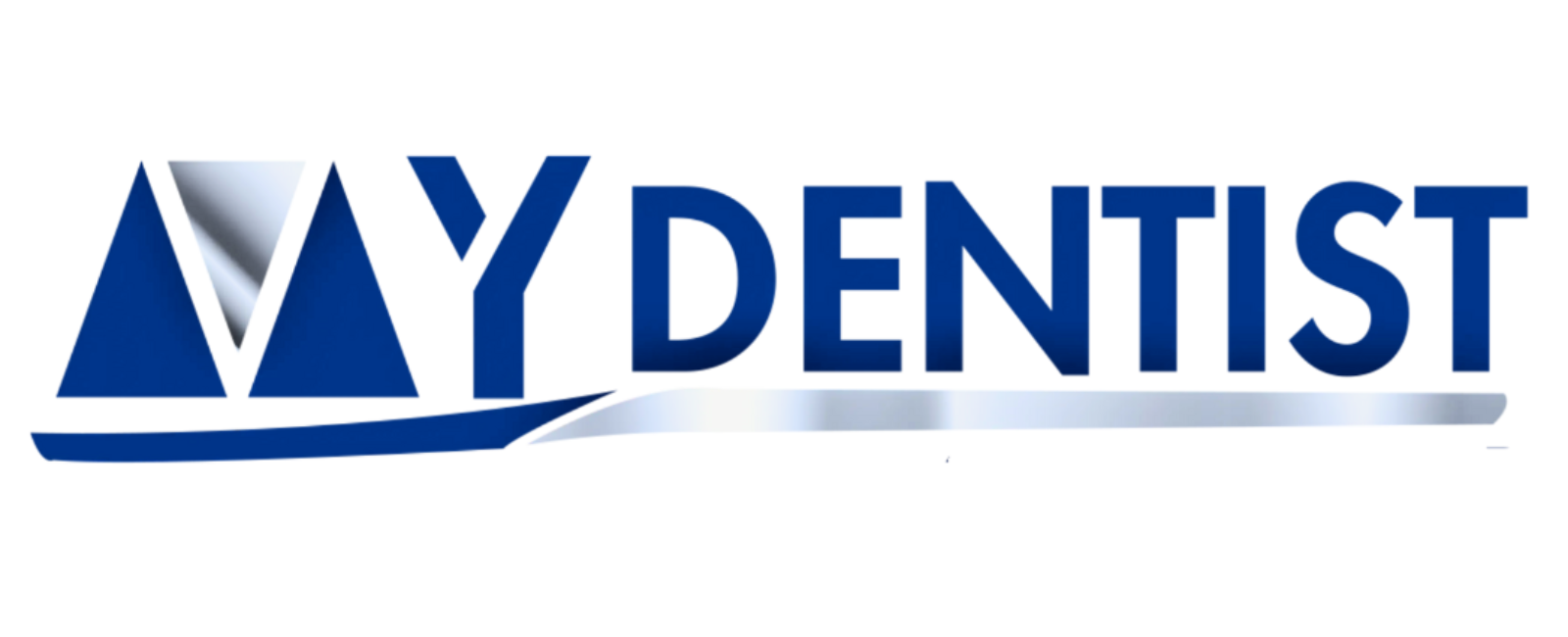Tooth Extractions at MyDentist
At MyDentist, we understand that tooth extractions can sometimes be necessary due to various reasons such as crowding, disease, or trauma. Our approach is always conservative, prioritizing your comfort and well-being. While the term “oral surgery” might sound daunting, most tooth extractions are routine procedures performed with precision by our experienced dental professionals. We are committed to ensuring a comfortable recovery and the best possible outcome for every patient.
Leaving a tooth that requires extraction untreated can lead to pain, infection, and other dental complications. However, the process of having a tooth removed doesn’t have to be a stressful experience. At MyDentist, we strive to make the procedure as smooth and comfortable as possible.

Understanding Tooth Extractions
Wisdom tooth removal is a common type of tooth extraction. These teeth often cause issues with adjacent teeth or become infected, leading to their removal either before or after they fully emerge. Other reasons for tooth extractions include:
- Severe tooth decay and cavities
- Damaged, broken, or infected teeth
- Impacted teeth or teeth that have not erupted properly
- Advanced gum disease (periodontal disease)
- Creating space for orthodontic treatments
- Side effects from certain medications or medical treatments
Determining the Right Extraction Method
Before any extraction, we conduct a thorough examination, including X-rays, to determine the most appropriate method. If an extraction is necessary, a local anesthetic will be administered to numb the tooth and surrounding area. For patients who experience anxiety, we offer dental sedation options to ensure a more relaxed experience. Please note that if you choose sedation, you will need a designated driver to take you home after the procedure.
A simple extraction is a straightforward procedure aimed at removing the entire tooth from its socket. To achieve this, the dentist will gently widen the socket using an elevator tool, carefully wiggling the tooth to create a wider opening. Once the tooth is sufficiently loose, it is extracted using forceps. While you may feel some pressure during the process, the local anesthetic will prevent any pain. After the tooth is removed, the socket is cleaned, and medical gauze is applied to control any bleeding.

Simple vs. Surgical Extractions
There are two main types of tooth extractions: simple and surgical. A simple extraction is a minimally invasive procedure performed when the entire tooth is visible in the mouth, without affecting the surrounding bone or gums.
A surgical extraction is more complex and is necessary when a tooth or a portion of a tooth is below the gumline. In these cases, the dentist or oral surgeon will need to move or remove gum or bone tissue to access and extract the tooth. This involves making a small incision to create a “gum flap” and sometimes removing a small amount of bone using a drill to access stubborn tooth fragments. Surgical extractions require stitches, and pain medication may be prescribed for a few days following the procedure.
Post-Extraction Care
Proper aftercare is crucial for successful healing following a tooth extraction, whether simple or surgical. It is essential to follow your dentist’s or oral surgeon’s instructions carefully to ensure proper healing.
After an extraction, a blood clot will form in the empty socket, which is the first step in the healing process. It is vital to protect this blood clot. Avoid touching it and refrain from smoking, using straws, spitting, or blowing your nose for about three days, as these actions can dislodge the clot and lead to a painful condition known as a dry socket. If you experience a dry socket, please contact us immediately.
With proper care, most of the major healing occurs within one to two weeks after the procedure.
Following a tooth extraction, you may notice changes in your jaw as the surrounding teeth and bone can shift. To prevent this, you may consider replacing the missing tooth with a dental bridge or a dental implant. Contact us to learn more about your options for replacing a missing tooth.
MyDentist Services
Get In Touch With Us
MyDentist@Middlefield
5200 Finch Avenue E #104, Scarborough, ON M1S 4Z3
Mon – Fri: 10:00 am – 8:00 pm
Sat: 10:00 am – 5:00 pm
647-340-8878
info@my-dentist.ca
MyDentist@Pharmacy
636 Pharmacy Ave, Scarborough, ON M1L 3H5
Mon – Fri: 10:00 am – 8:00 pm
Sat: 10:00 am – 5:00 pm
647-500-7885
pharmacy@my-dentist.ca
Book An Appointment
Book a visit to MyDentist, simply fill out the form below and we will contact you back regarding the intervention you require.



